Reportar esta entrada
Más sobre la misma comunidad-colección
U.S. Patrulla Fronteriza - El Paso, Texas
Border Patrol conducts surveillance to prevent crossings of ...
Richard M. Dudley, El Paso, TX, Mayor
Richard M. Dudley, engineer and El Paso mayor, was born near ...
Looking to the Franklin Mountains
The image shows some houses on the Eastside of El Paso, looking ...
Plaza San Jacinto con vista hacia las Montañas Franklin
There is a locomotive on Main Street, a fancy carriage in the ...
La Compañia Cervecera Harry Mitchell
In picture Henry T. Bowie, Mayor R.E. Sherman, Hubert Hanter, ...
Looking across Main to San Jacinto Plaza
This view of the Plaza looks across the railroad tracks on Main. ...
San Jacinto Plaza looking across St. Louis (Mills)
This view from San Jacinto Plaza shows both the domed City Hall ...







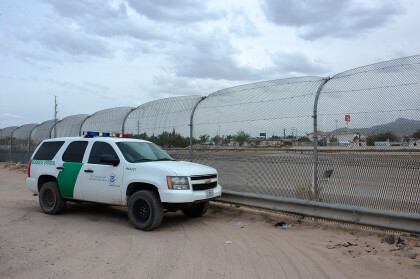
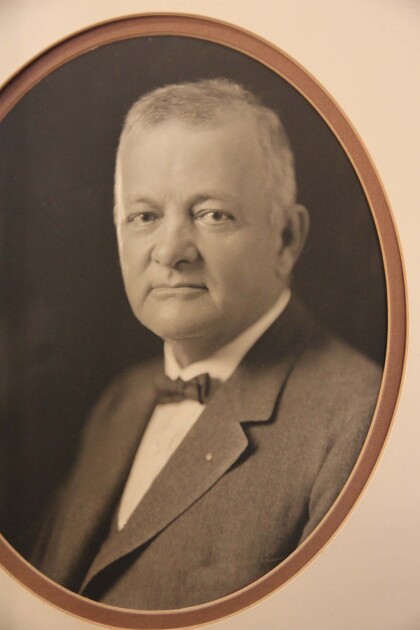
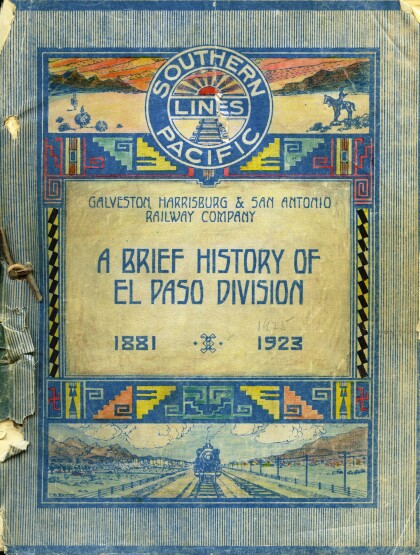
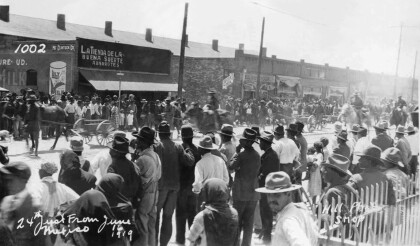
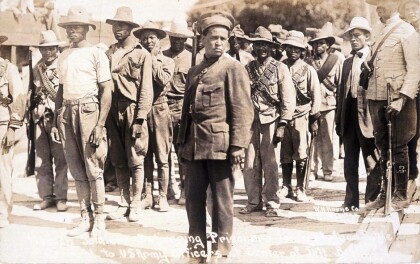
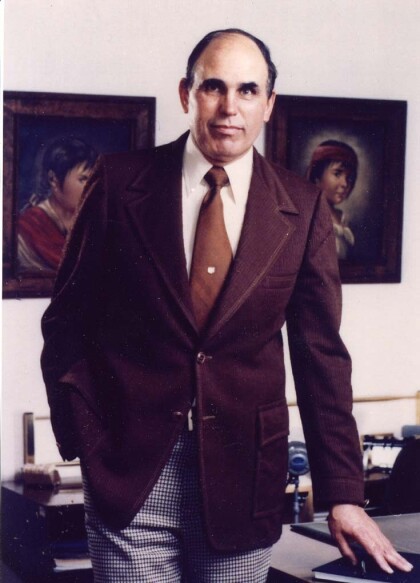
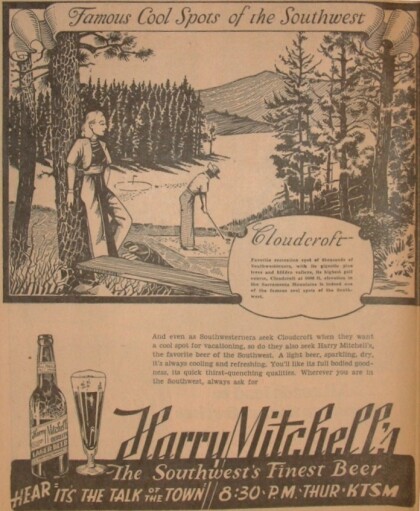
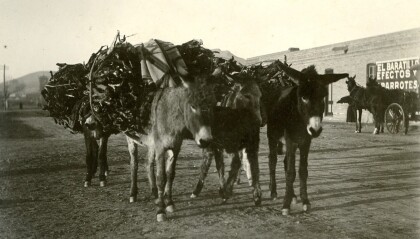
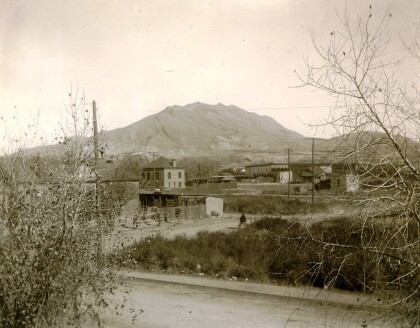
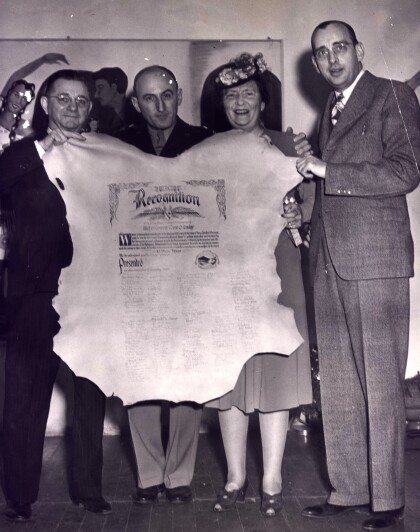
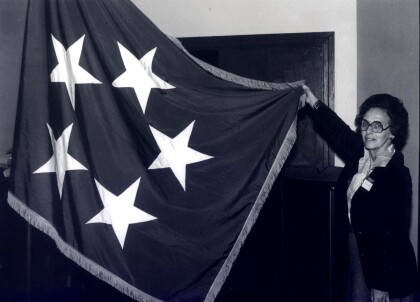
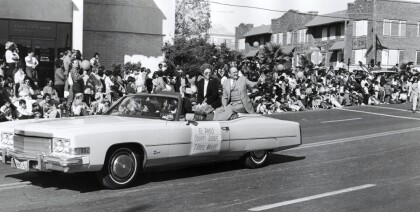
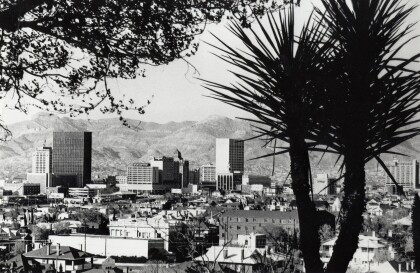
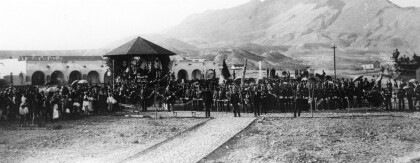
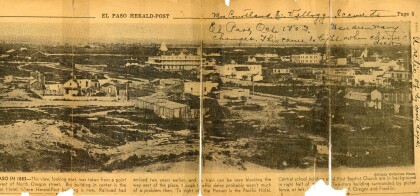
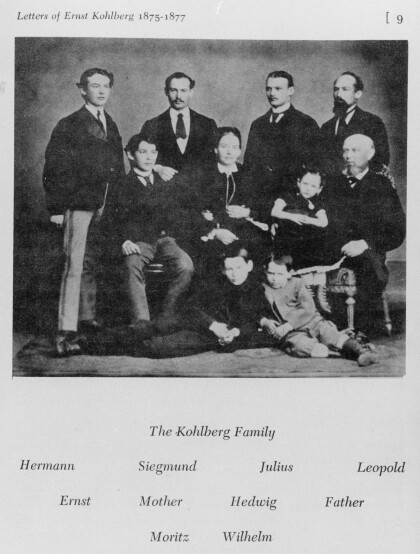
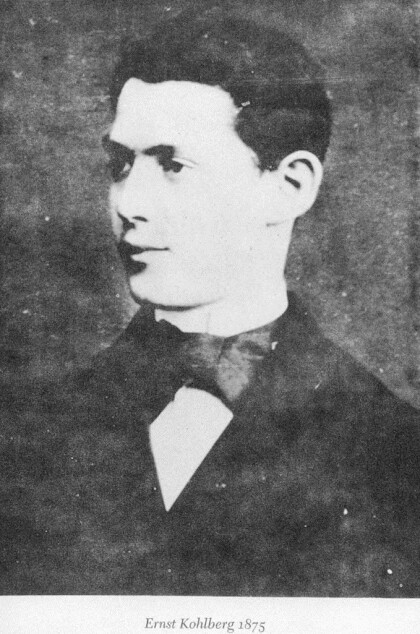
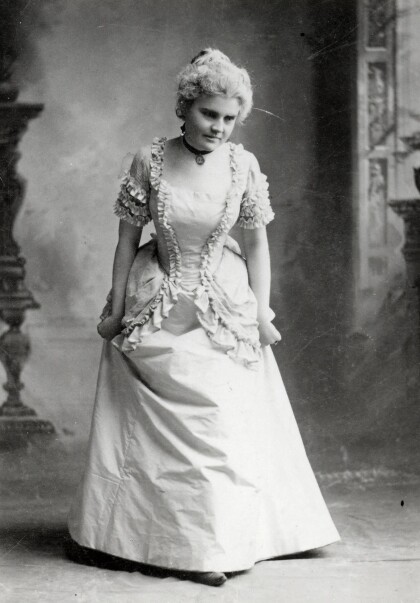
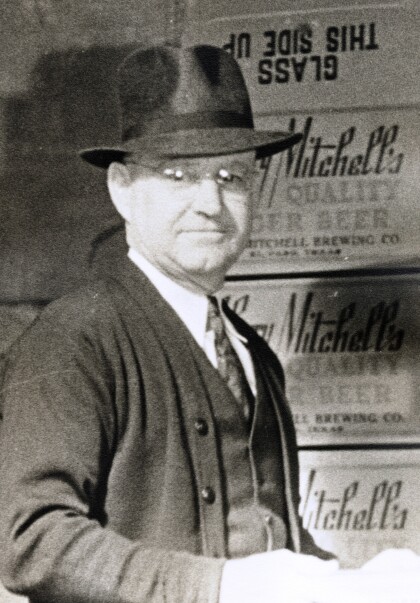
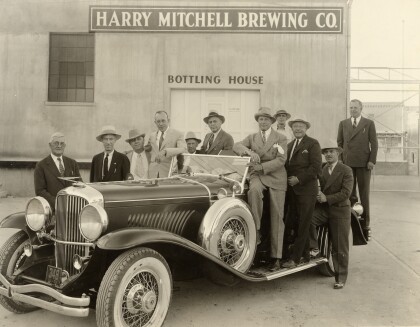

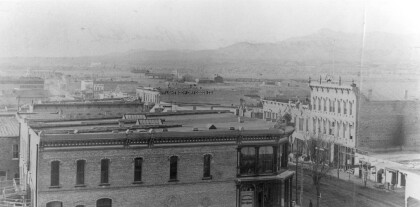
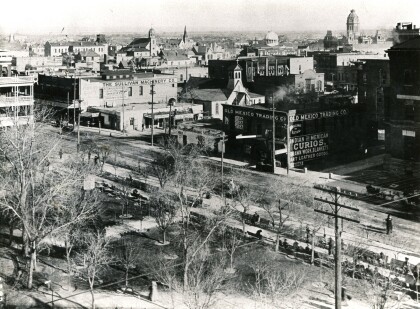
Comentarios
Hacer un comentario